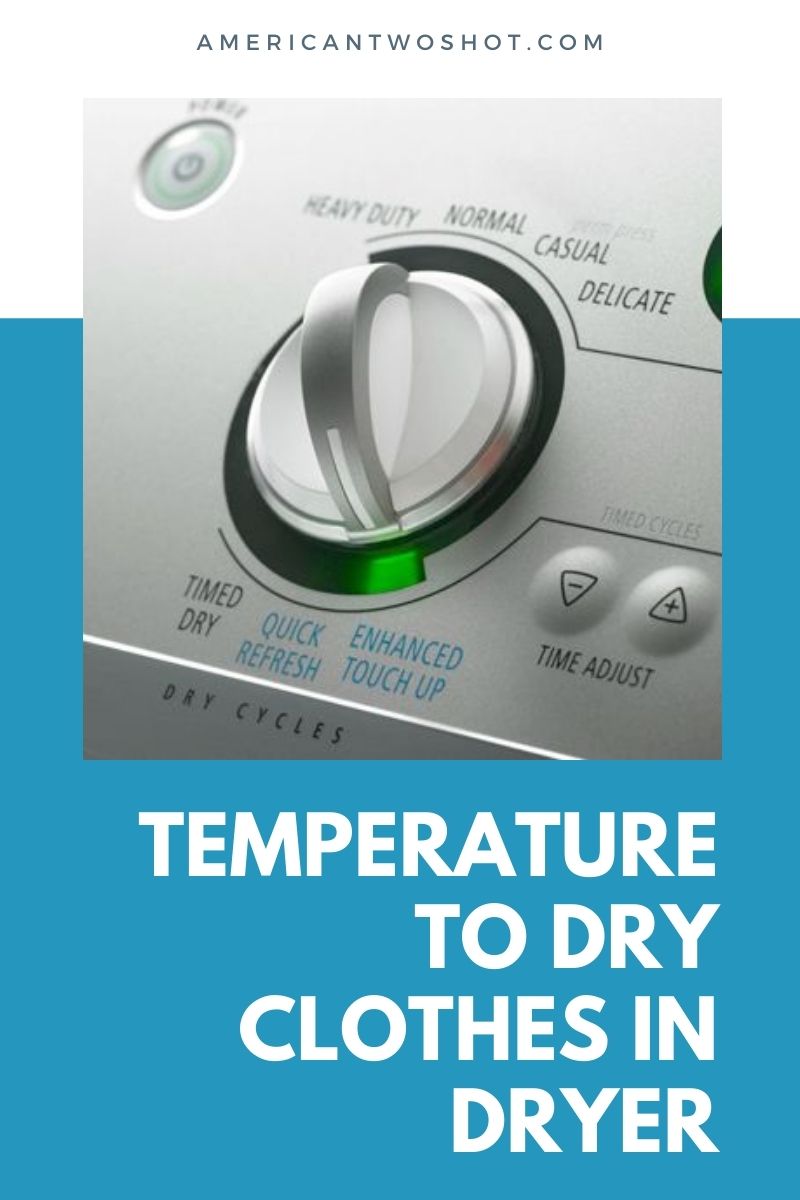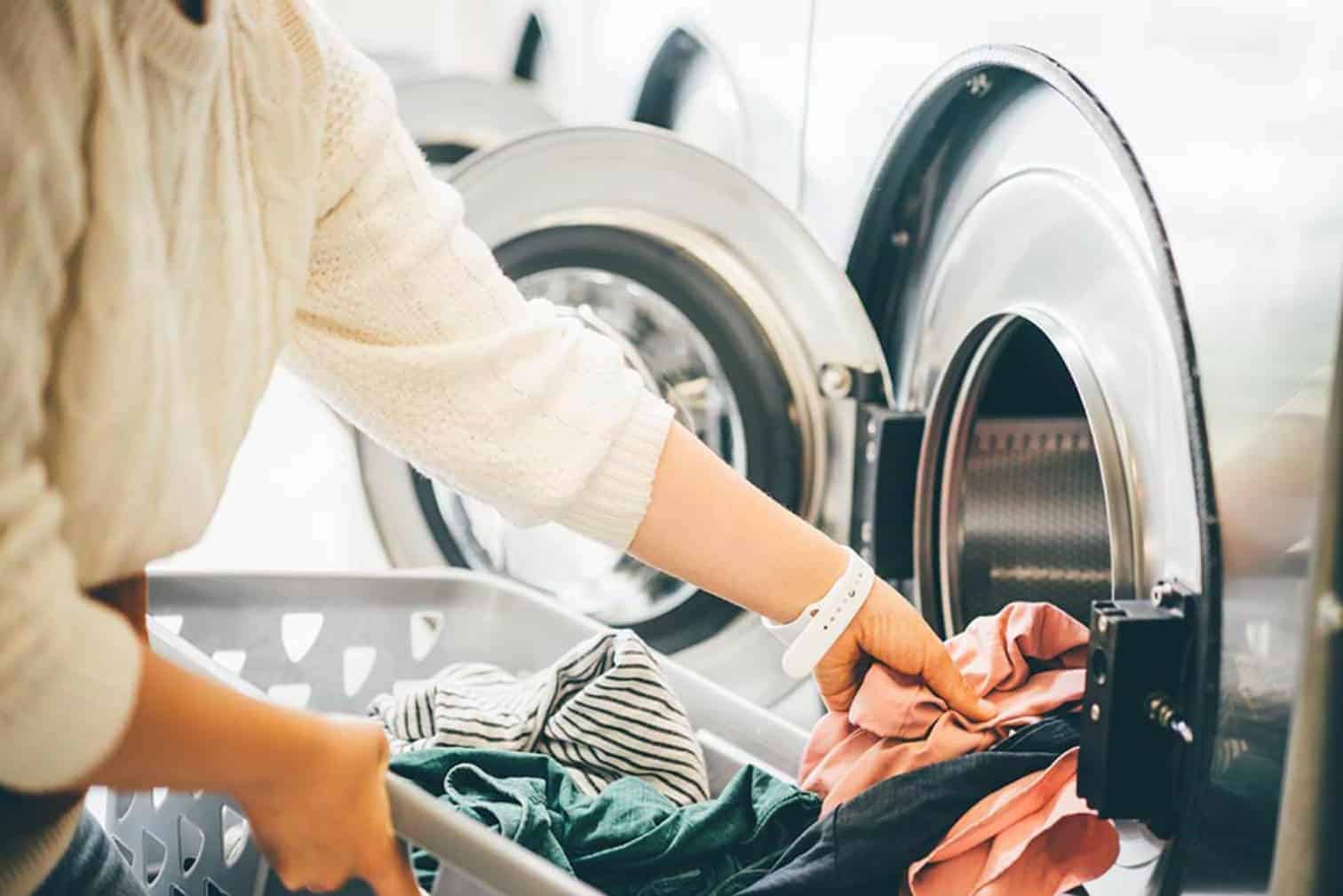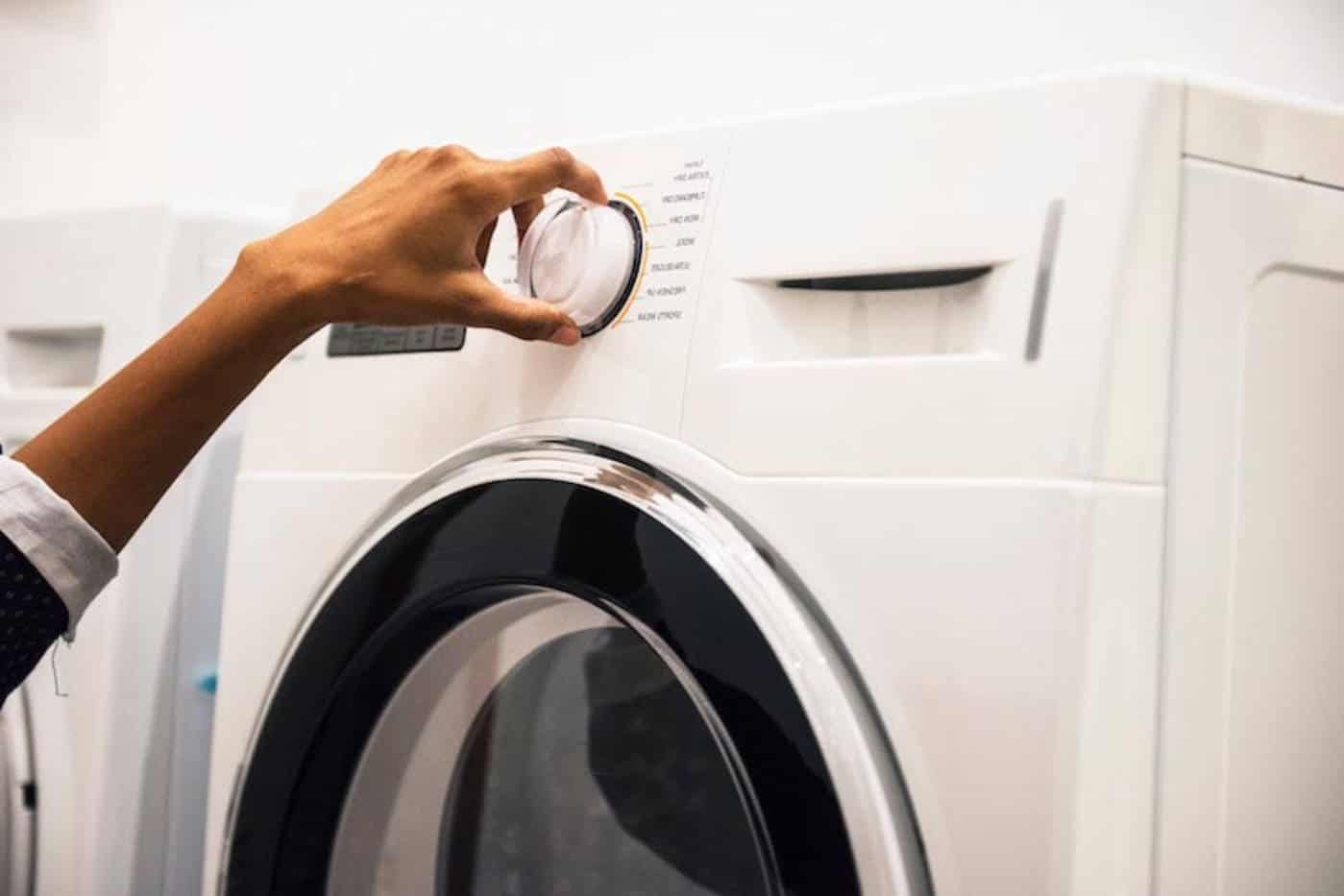When we are in a hurry or need to dry clothes faster, we tend to use a dryer. It is very convenient for those who have lots of clothes to dry with a slight amount of time. However, you must be careful with the settings to not damage your clothes.
How does dryer work?
The dryer has three crucial elements that make it efficient: heat, tumbling, and airflow. The heat from the dryer refers to the temperature inside that makes the drying time shorter.
The air in the dryer is being heated by either an electric or gas burner, depending on the type of dryer you own.
Tumbling refers to the movement inside the dryer or the spinning action. This action allows the clothes to be dried evenly. You might also notice the bars sticking out of the drum called baffles. This piece helps with flipping the items to avoid staying at the bottom.
The last one is the airflow. Because the heat evaporates the moisture trapped in the clothes, becomes steam. A dryer must have proper airflow for the smoke to come out.
This process is called venting. Metal vents are commonly used to not trap lint, and pipes must be short and lead outside your home.
What should I know before using a dryer?
Using a dryer makes your life easier and lessens your worries. However, there are rules and guidelines when using one. If you just bought a dryer and you are trying it out for the first time, here are some things that you must know before using it.
Always read the manual.
There are different types of dryers. To know how to use yours, reading the manual is vital to be familiar with it. There might be a few buttons and knobs to push, but it does not mean that it will be that easy. There are settings you need to adjust, including the heat level of the fryer.
Do not overload the dryer.
It is efficient to use a dryer because it shortens the time needed to dry your laundry. However, there are limits on how much a dryer can take to efficiently dry your clothes. Too many clothes will hinder them from tumbling well, not being dried evenly.
Not all fabrics need to be dried hot.
The heat from the dryer makes the clothes dry faster. But bear in mind that not all fabrics are the same. You might have noticed that when you read the tags with warnings on them.
Some clothes might shrink when dried in high heat, while some lead to over-drying and damage the clothing.
Separate the clothes depending on their weight.
Use a washing machine to launder clothes with almost the same material or the same uses and dry them separately.
You cannot dry heavy coats and thin nightgowns together because they take different times to dry, which might cause the other one to be damaged or the other one not dried at all.
Clean lint screen often.
After using the dryer, you must remove the lint from the lint screen to prepare it for the next time. This will keep the clothes free of lint every wash. It is recommended to also clean the screen every 3 months for small residues that cannot be removed by hand.
It is essential to have superficial knowledge about the dos and don’ts before using the dryer. This will prevent damage or bad habits as early as possible.
Are there different types of clothes?
Different types of fabric require different air temperatures and times to dry. Too low will leave the clothes moist, while too high might burn the material or shrink it. When using the dryer, consider the kind of clothes you will dry.
- Cotton – the natural fibers of cotton scrunch together when the drier is too fast. Most clothes with cotton fibers are simple t-shirts, socks, and underwear.
- Sportswear – these fabrics are typically stretchy and must be taken proper care of. Washing these needs hot water but drying it needs low heat as they deteriorate when overexposed to heat. A great example of this is yoga pants.
- Synthetic – this fabric is manmade and sometimes mixed with other materials. They do not absorb moisture very well. Blouses and dresses mostly use this type of fabric.
- Knits – most winter sweaters are made by knits. They mostly dry flat to retain their shape.
- Denim – this type of fabric is made of sturdy cotton and uses twill weave, creating diagonal ribbings. This is a trendy fabric for pants and jackets.
- Silk – if you own silk robes, you know how delicate they feel with touch. This fabric had been around since 3600 BC.
- Wool – this fabric comes from the fur of animals, mostly sheep. They keep the warmth in the body and are known for their soft texture. Sweaters are most notable with this kind of fabric.
- Chiffon – this fabric drapes well and is soft to the touch. It is perfect for long dresses and gowns. The fabric is mesh-like and made from different materials.
Now that you have an idea of the common types of fabric in your laundry, there are certain temperatures to be used with these.
What temperature should the clothes dry at?
The types of clothing are categorized by the delicate, permanent press, and regular or heavy. You might have those settings ready in the dryer. Here is the temperature for those settings and the kinds of fabric you dry in them if you don’t.
| Setting | Temperature | Description | Types of fabric |
| Delicate | 125°F or 51°C | Delicate items are dried in low heat. Because the clothes are dried in lower heat, it takes longer to dry. This setting is only recommended for fragile items and not used in every clothes as possible. | Silk, wool, knits, sportswear, chiffon |
| Permanent Press | 135°F or 57°C | This setting uses medium heat. This setting is used primarily for dyed fabrics. The too high temperature will fade the color of your clothes. A permanent press setting is the safest for the majority of the materials except for delicate ones. | Cotton, synthetic |
| Regular/Heavy | 145°F or 63°C | This setting is high heat. This also dries clothes the quickest as the temperature evaporates the moisture quicker. Heavy clothes and white items are great with this setting as long as there are no stains or settling it. | Denim, heavy cotton (e.g., towels) |
Other than these settings, there are also modes that you might find available in your dryers, such as Air Fluff and Steam Cycle. These settings are not used to dry clothes.
Air Fluff
This setting does not use anything but the air and the tumbling action of the dryer. The dryer fluffs the fabric and makes it soft like a pillow. This setting is excellent to use for clothes that are dusty as well. It will be shaken off the fabric and collected by the lint filter.
Steam Cycle
If you have no time to iron or do not own an iron, the heat, and water from the steam cycle will help you with wrinkled clothes. It uses steam to refresh the fabrics and release wrinkles.
Some also use this setting to remove odors from previously worn clothes and make them wearable again.
There is 3 recommended heat temperature for the dryer for different fabrics. Using a dryer can make your life easier, but it might only damage what you have if you do not know how to use it.
Know the basic knowledge and the types of fabric before setting the temperature.
Frequently Asked Questions:
Can I just dry all clothes at medium heat?
Although the medium or permanent press is the safest setting and temperature for the majority of the fabrics, delicate ones should not be dried in this manner as it might damage the material.
How would I know what type of fabric my clothes are?
Some fabrics are recognizable by the touch and appearance, such as silk, wool, and sportswear. However, there are also clothes with tags on the back that tell you what the clothing is made of. Some also include warnings such as do not iron or handwash only.
What is the best type of dryer for me?
Different dryers mean there are also other specs. You will have to look at the heat, tumbling with baffles, and venting.
Buy a condenser dryer if you live in a small apartment with no outdoor access. However, vented are highly recommended if possible as no water reservoir is needed.
Summary
There are different types of dryers. But no matter what you use, these recommended temperatures for certain fabrics will remain the same.
Ensure you know what kind of clothes you are drying before setting the temperature up.

Jessica Oliver is a fashion enthusiast with more than ten years of experience in the industry. She previously managed her own clothing store in New York before becoming a mother of three. With a passion for sustainability and a desire to share clothing care and recycling tips.






